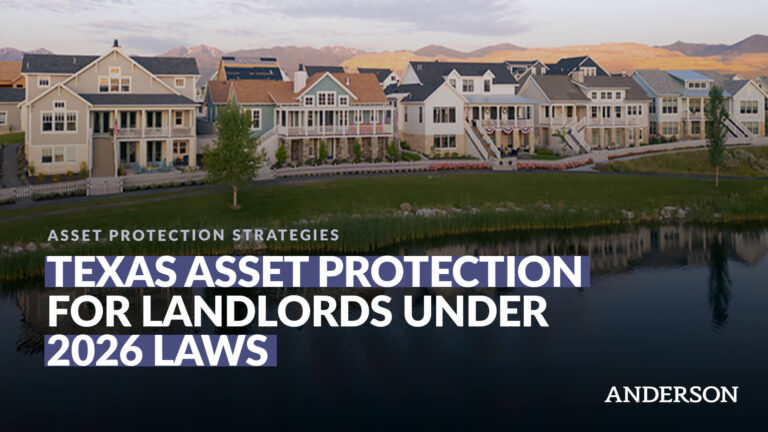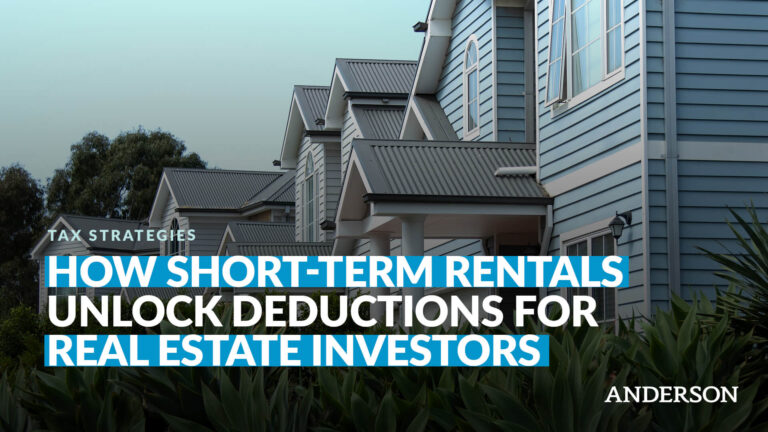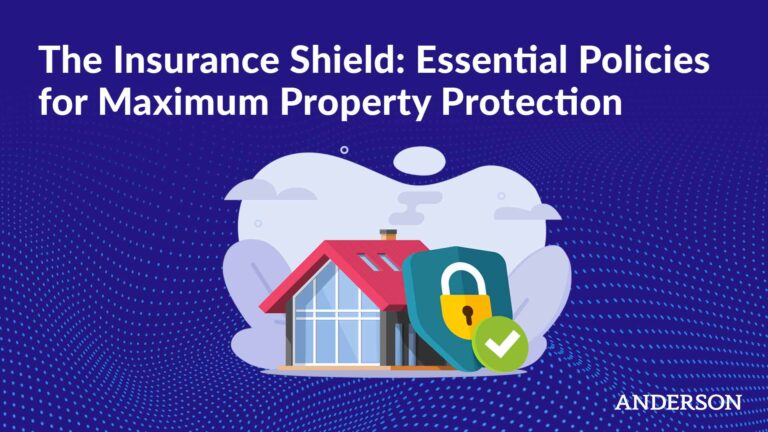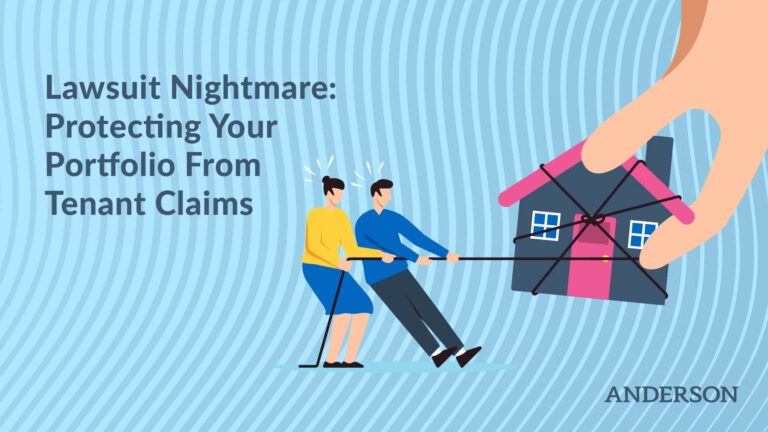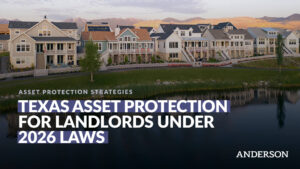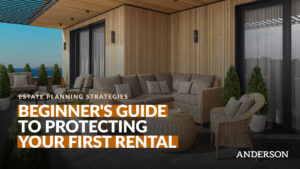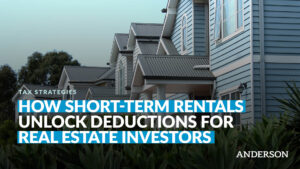Leveraging debt is like using fire: for it to work, it needs to be contained.
Toby Mathis, Esq. explains what you need to know before leveraging debt to buy investment properties.
Don’t touch it — failure is contagious.
As a tax attorney, I lift a lot of figurative baggage, and even the most successful investors can carry some heavy bags.
Allow me to draw your attention to a little thing called overleverage.
Simply put, this means that your investment can’t pay what’s owed.
Coincidentally, one of the most frequently asked questions I field is, “Should I buy real estate with debt?”
Numbers Don’t Lie
For this, let’s look at the numbers. After all, numbers are the best “truth serum” for all investments.
If we measure success in real estate as never having to work again, you’ll need about seven properties owned outright. This isn’t a guarantee, but it’s highly likely.
Seven properties owned CASH? I know — in order to get there, sometimes you need to use debt, but you have to run the numbers right.
For this, I like rules of thumb. Easy formulas you can immediately use, and all you need is a thumb to remember them… or any finger, really.
Number one, carefully calculate the cap rate to figure out what you’re actually making from a property. So, let’s say I buy a piece of property at $200,000, and the amount I’m taking to the bank is $10,000. Then I’d take that $10,000 and divide by the $200,000, and this number is known as a “five cap.” You’re getting 5%.
A real easy way to figure this out is to take your gross rent, the total amount of rent that you’ll receive for the entire year, and cut it in half.
Why all this? Well, a little industry term known as CapEx.
These are the funds you’ll need for repairs, insurance, cost of property managers, all the things that come up, both planned and unplanned. If I’ve got $2,000 a month of rent coming in, of that, I’ll probably pocket $1,000 of it.
It isn’t what you make, it’s what you keep.
Again, if we look at a mortgaged $200,000 property at 6%, you’re paying $12,000 a year just for the mortgage alone.
That, my ambitious investor friend, puts you in the RED zone — negative cash flow.
If what you’re seeing is $2,000 in total profit, it’s really only $1,000 using these rules of thumb. This leaves you breaking even. Which is actually negative because, again, the unexpected will always be there and now you have no wiggle room.
So be very, very careful with that.
If it was me, for my first few properties, I’m going to try to buy with cash or leverage myself to the tune of maybe 60% to get more properties. Sell the ones that go up, maybe flip a property to pay off the others.
Or I’ll use the extra amount of money that I’m bringing in to pay down the debt as quickly as possible and get out of debt so that I have some properties outright.
I’ve seen the greats say the same thing.
Dave Ramsey is in the same camp that seven properties outright is better than 15 to 16 properties with 60% leverage.
I’d say your goal is to own a bunch of properties outright.
That doesn’t mean you don’t use debt, but you treat it like fire, a controlled fire, which you can manage and contain.
The Takeaway
Overall, the goal is to make sure that, even when using debt, we’re doing so strategically, cautiously, and from a position of control so we don’t get burned.
If you’d like to discuss your real estate investing strategy with one of our Certified Advisors, take advantage of a complimentary Strategy Session today. On the call, you and an experienced Advisor will build the best customized investing game plan for your unique situation. It’s a $750 value, but completely free for our readers. Click here to schedule online, or call 888.871.8535.
Bonus Video
Free Strategy Session with an Anderson Advisor
Receive a detailed risk assessment to assist in lowering problem areas that could wipe out all of your assets with one wrong move. Speak with an Anderson Professional Advisor to get your FREE Strategy Session.
Limited-Time Offer: ($750 value.)





